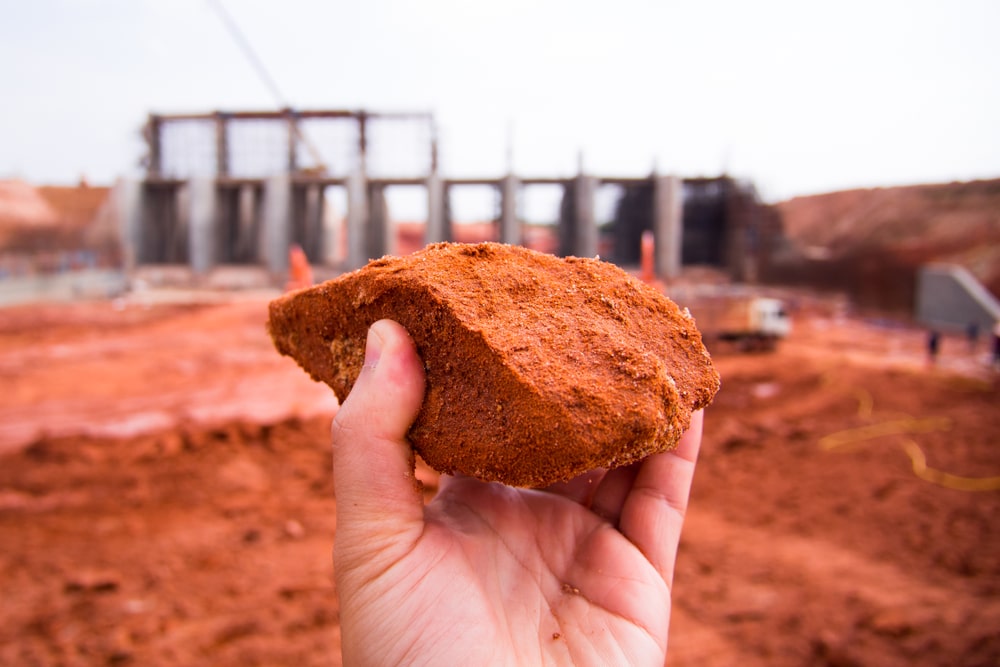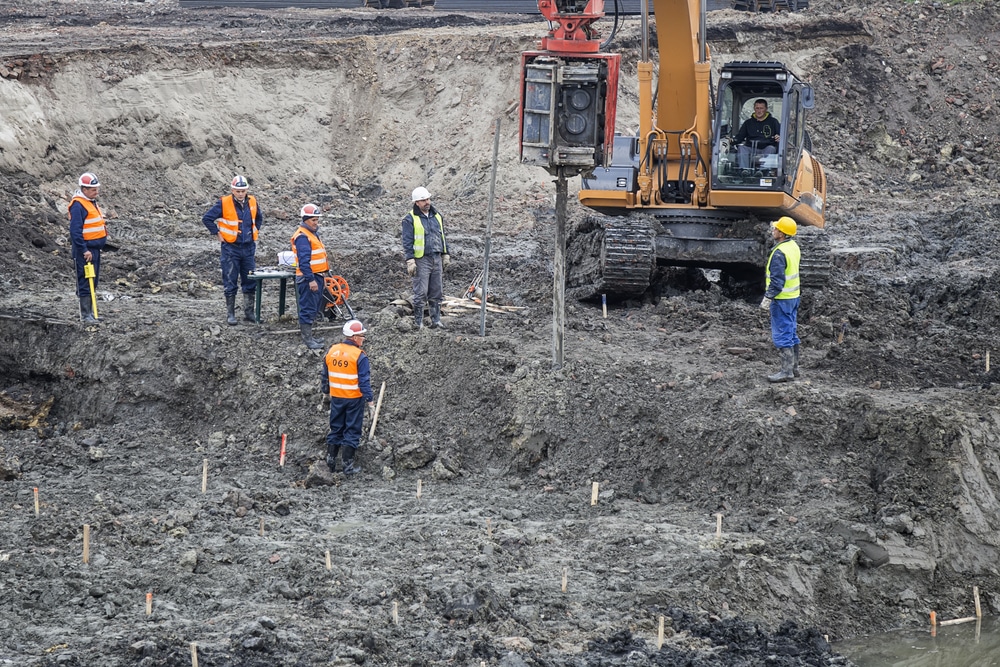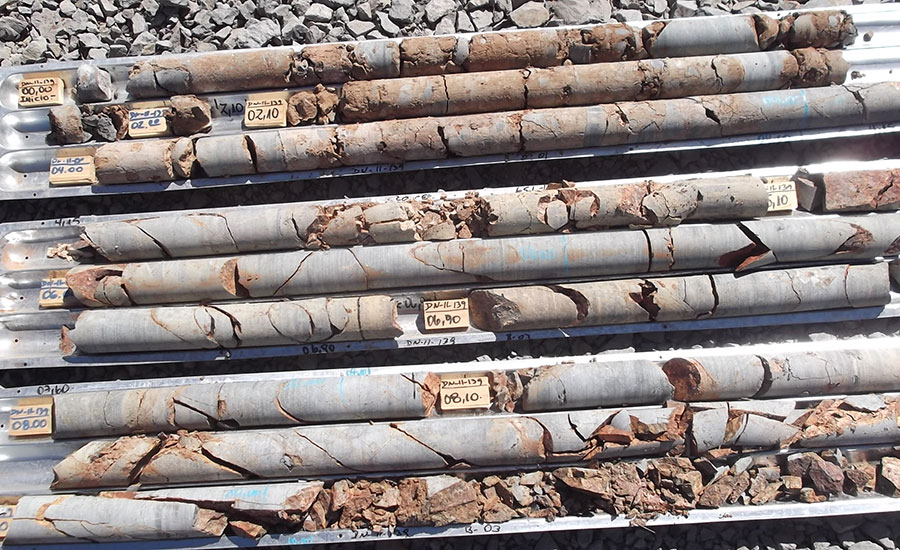Geotechnical Engineer Description: What to Anticipate from These Professionals
Geotechnical Engineer Description: What to Anticipate from These Professionals
Blog Article
An Extensive Introduction of Geotechnical Design Techniques and Their Influence On Modern Civil Design Projects
Geotechnical design serves as the foundation of contemporary civil design, offering essential methods that address the intricacies of subsurface conditions. The interaction of dirt analysis, structure design, and cutting-edge technologies forms the integrity and sustainability of framework projects.
Relevance of Geotechnical Engineering
Geotechnical design functions as a vital structure for civil design jobs, affecting the safety and stability of frameworks. This discipline concentrates on the actions of soil and rock products, giving vital understandings that guide the style and building and construction processes. By comprehending the communication in between the earth and engineered structures, geotechnical designers can analyze risks connected with ground problems, such as negotiation, incline stability, and liquefaction.
The significance of geotechnical design expands past mere structural stability; it plays a crucial duty in ecological protection and sustainability. Correctly carried out geotechnical analyses ensure that projects reduce their environmental impact and conform with governing needs (geotechnical specialist). Additionally, geotechnical engineering is critical in site choice, allowing designers to identify suitable areas for building and construction that minimize possible threats.
Furthermore, geotechnical engineering cultivates technology in civil engineering by progressing strategies for ground enhancement, foundation style, and excavation. The discipline's payments are essential in resolving difficulties positioned by varying dirt problems, thus facilitating efficient and secure facilities development. Overall, the value of geotechnical engineering is paramount in making certain that civil engineering projects are not just practical but additionally durable against all-natural and man-made difficulties.
Secret Strategies in Geotechnical Engineering

One more vital method is soil stabilization, which includes modifying soil properties to enhance load-bearing ability or lower settlement. Techniques such as including concrete, lime, or using geosynthetics are typically used to achieve dirt enhancement.
Ground enhancement techniques, consisting of vibrant compaction and vibro-replacement, are likewise vital. These approaches intend to densify loose or soft soils, enhancing their toughness and minimizing liquefaction potential in seismic locations.
Maintaining structures, such as sheet heaps and dirt nailing, are employed to sustain excavations and stop soil activity. Moreover, slope stablizing methods, including drain systems and keeping wall surfaces, are necessary for alleviating landslide risks.

Soil Evaluation and Examining Approaches
Reliable dirt evaluation and testing methods are essential for comprehending the physical and chemical residential properties of soil, which straight influence engineering decisions. An extensive assessment of dirt characteristics is essential for forecasting actions under different loading conditions and ecological impacts.
Common dirt testing approaches include both area and laboratory strategies. Field examinations, such as the Standard Infiltration Test (SPT) and Cone Infiltration Test (CPT), supply immediate insights right into soil density, stratification, and toughness. These tests see here now assist designers evaluate website problems effectively prior to even more comprehensive research laboratory analyses.
Laboratory screening approaches, such as Atterberg limits, grain size circulation, and compaction examinations, are crucial for establishing dirt plasticity, moisture material, and optimum compaction degrees. Furthermore, advanced strategies like triaxial examinations and consolidated undrained (CU) tests provide useful information on shear strength and effective tension criteria - geotechnical specialist.
Chemical testing, consisting of pH, electrical conductivity, and organic content analysis, is also vital for comprehending prospective soil contamination and its effect on building materials. Collectively, these soil analysis and testing methods create the structure of educated decision-making in geotechnical design, making sure the safety and security and security of contemporary civil engineering projects.
Foundation Layout Approaches
Structure style techniques are important in making sure the security and durability of structures. These approaches can you could try here be classified right into shallow and deep structures, each matched to certain soil conditions and filling situations. Shallow structures, such as spread grounds and mat foundations, are typically made use of when surface soils have ample bearing ability. They distribute the load over a bigger area, decreasing negotiation risks.
In contrast, deep structures, including heaps and drilled shafts, are used when surface dirts are inadequate or weak for sustaining the structure. These structures transfer loads to much deeper, more steady soil or rock layers, making them necessary for skyscrapers and bridges in challenging geotechnical conditions.
Picking the suitable structure design includes comprehensive geotechnical examinations, including soil make-up, bearing capability, and groundwater problems. Engineers need to consider elements such as settlement, side lots, and possible seismic activity to guarantee the foundation's efficiency over time.
Inevitably, a well-executed structure design is a critical element of civil design, straight affecting the safety and security, resilience, and performance of frameworks. geotechnical engineer description. By aligning foundation types with site-specific conditions, engineers can efficiently reduce dangers connected with foundation failure
Advancements Shaping Civil Engineering

Lasting products, such as high-performance concrete and recycled aggregates, are also acquiring grip, advertising green practices while maintaining structural stability. Furthermore, progressed geotechnical strategies, such as ground renovation and deep blending approaches, are boosting the security of structures in tough dirt problems.
Moreover, making use of drones and remote sensing technology is enhancing site surveying and keeping track of, supplying real-time data that aids in handling building progress and safety. The implementation of innovative construction approaches, such as premade and modular building, even more speeds up project timelines and reduces waste. Jointly, these technologies are not just transforming civil engineering techniques yet likewise guaranteeing that modern infrastructure fulfills the demands of a growing international populace while dealing with environmental problems.
Final Thought
To conclude, geotechnical design methods are indispensable to the success of modern-day civil engineering projects. The application of website examination, soil stablizing, and ground enhancement approaches guarantees the safety and security and stability of framework. Technologies such as Building Details Modeling (BIM) and advanced monitoring innovations even more boost job performance and accuracy. By using these methods, designers can reduce threats and contribute to the growth of durable city atmospheres, inevitably promoting lasting growth and security in civil engineering methods.
Geotechnical design serves as the backbone of modern-day civil design, providing vital strategies that address the complexities of subsurface conditions.Geotechnical design offers as a critical foundation for civil engineering jobs, affecting the safety and security and security of frameworks.In enhancement, geotechnical design fosters development in civil engineering by progressing strategies for ground renovation, structure design, and excavation. Overall, the importance of geotechnical engineering is vital in making certain that civil design tasks are not just viable yet also resilient versus synthetic and all-natural hardships.
In conclusion, geotechnical engineering methods are important to the success of contemporary civil design projects.
Report this page